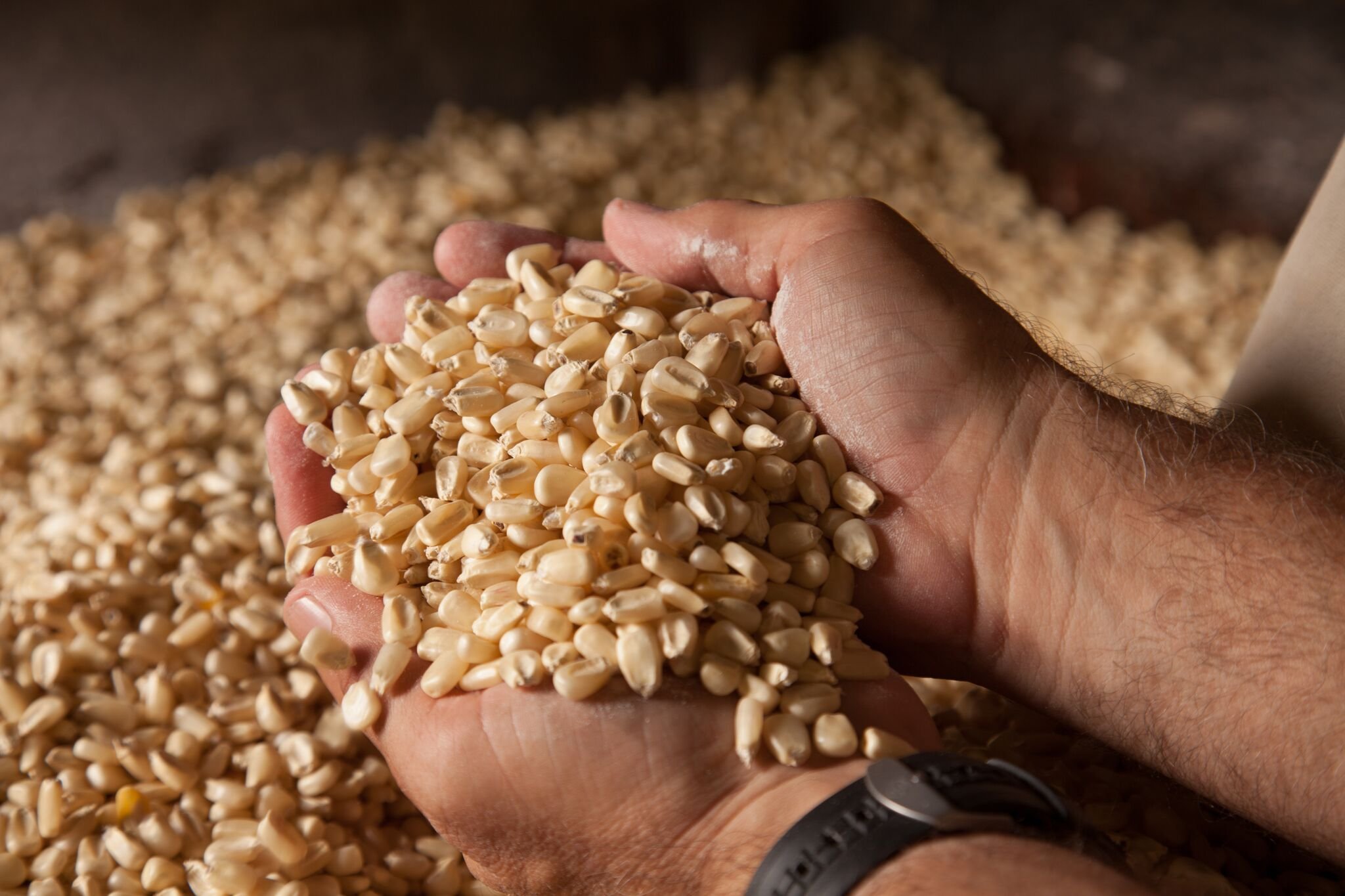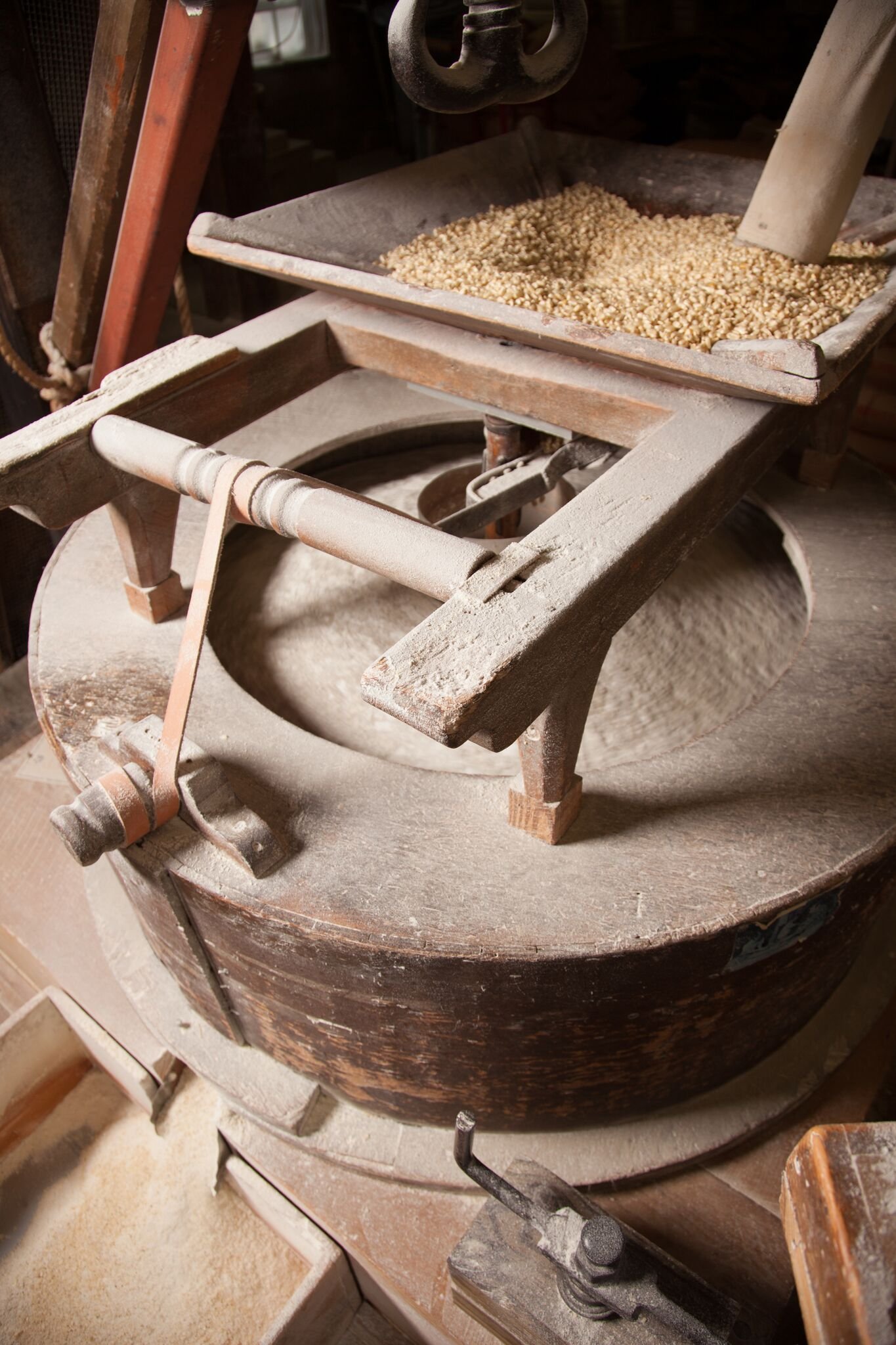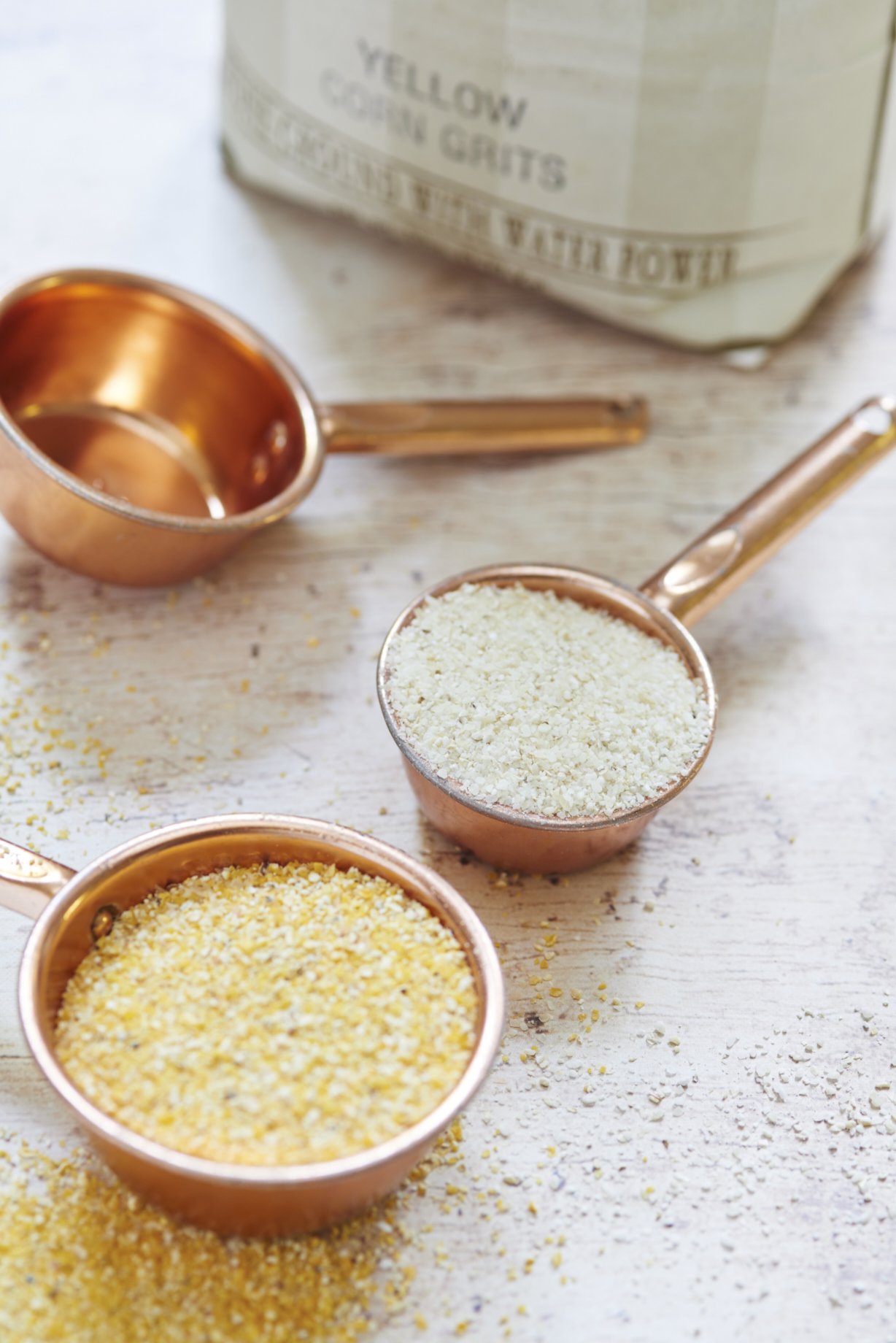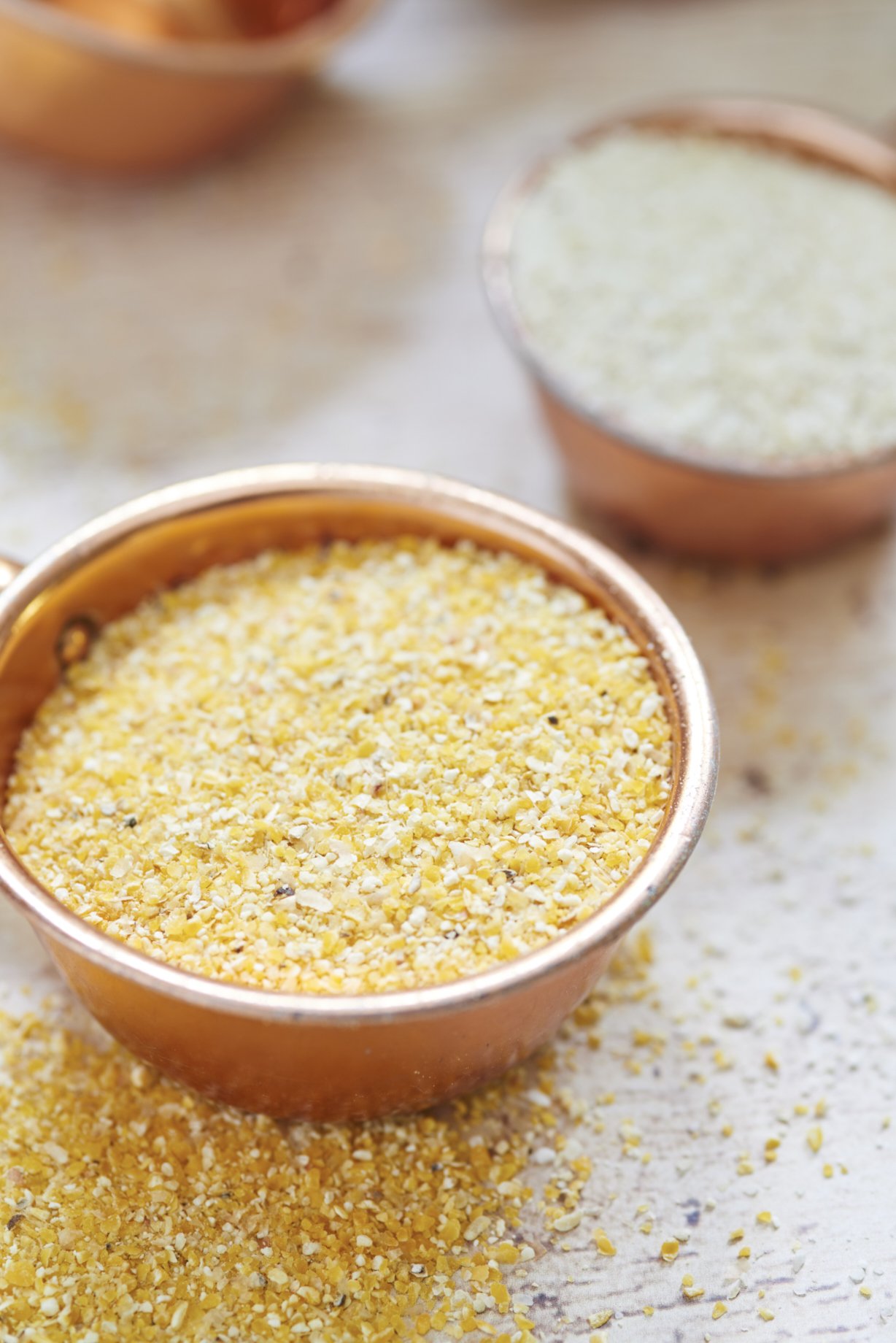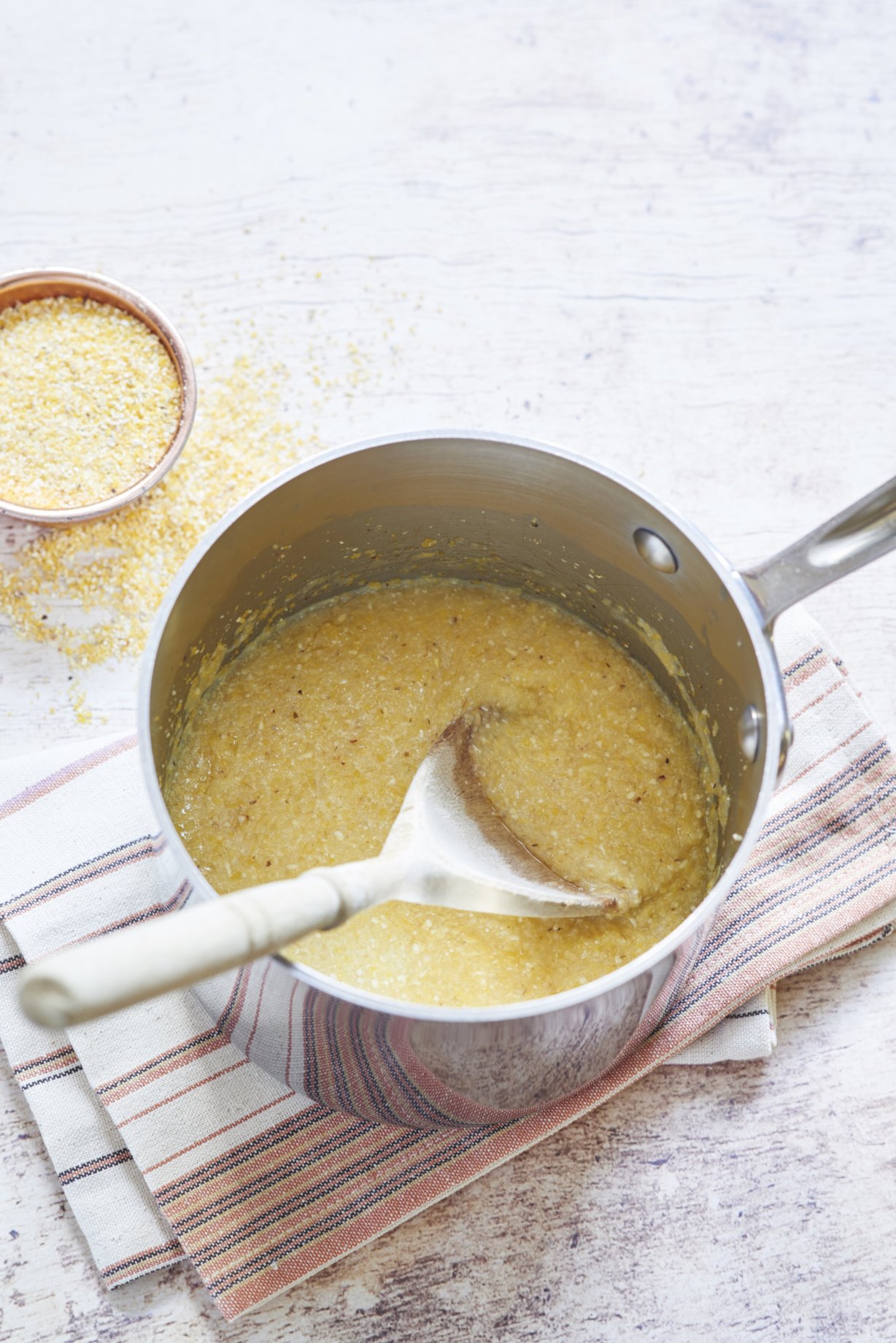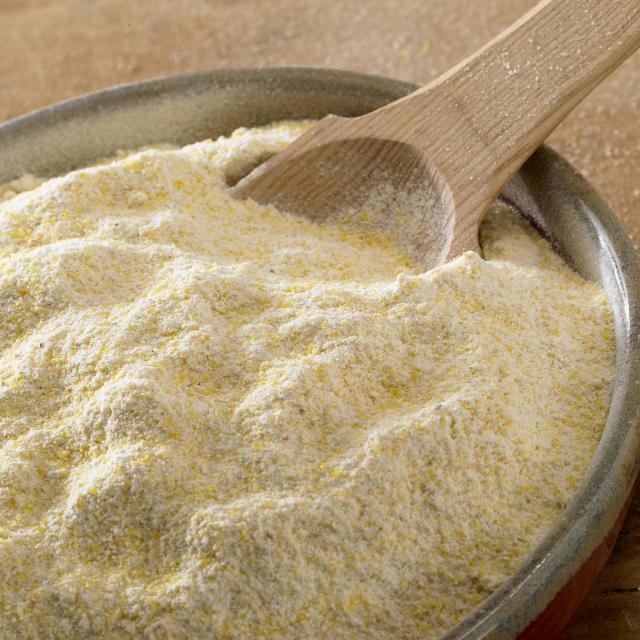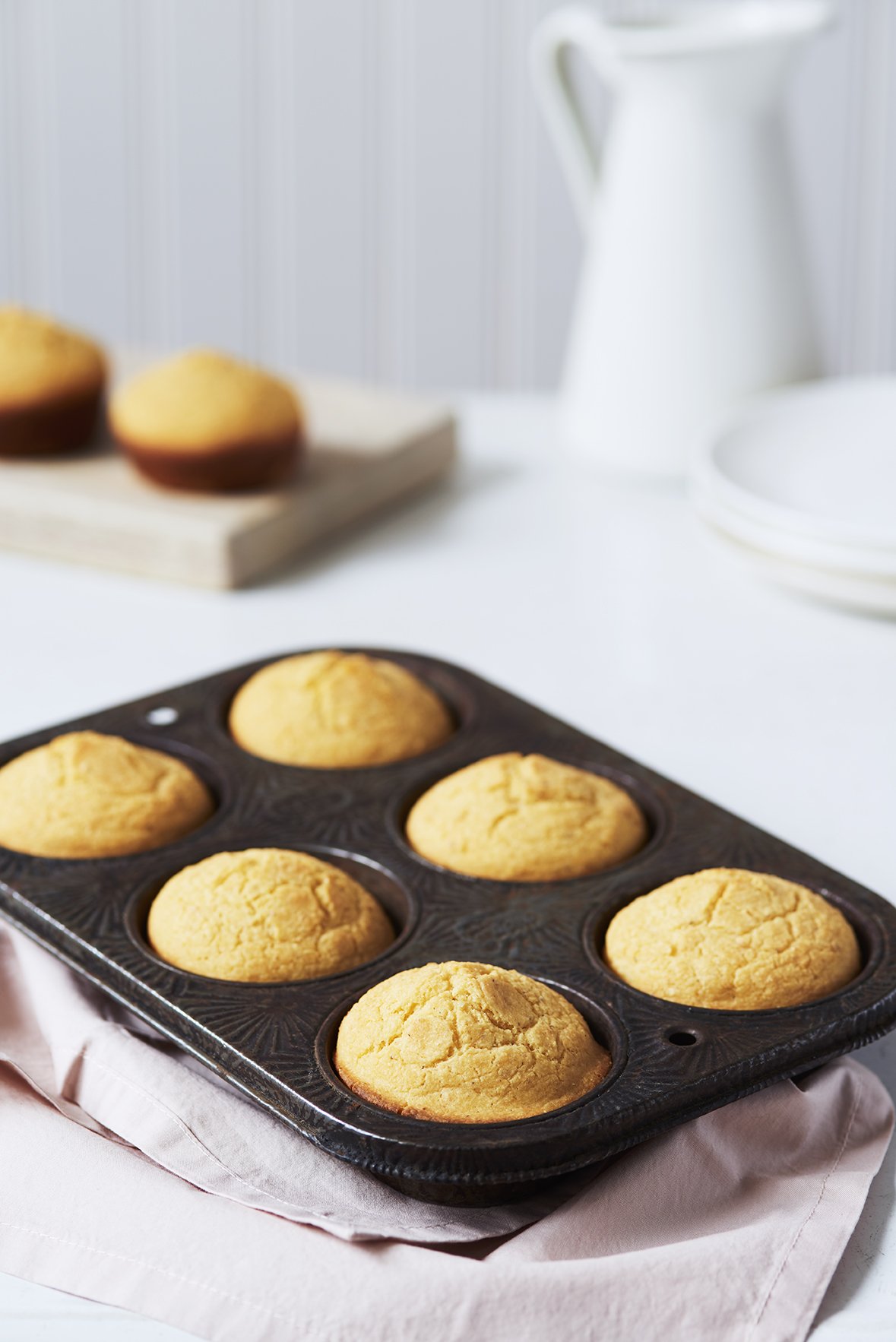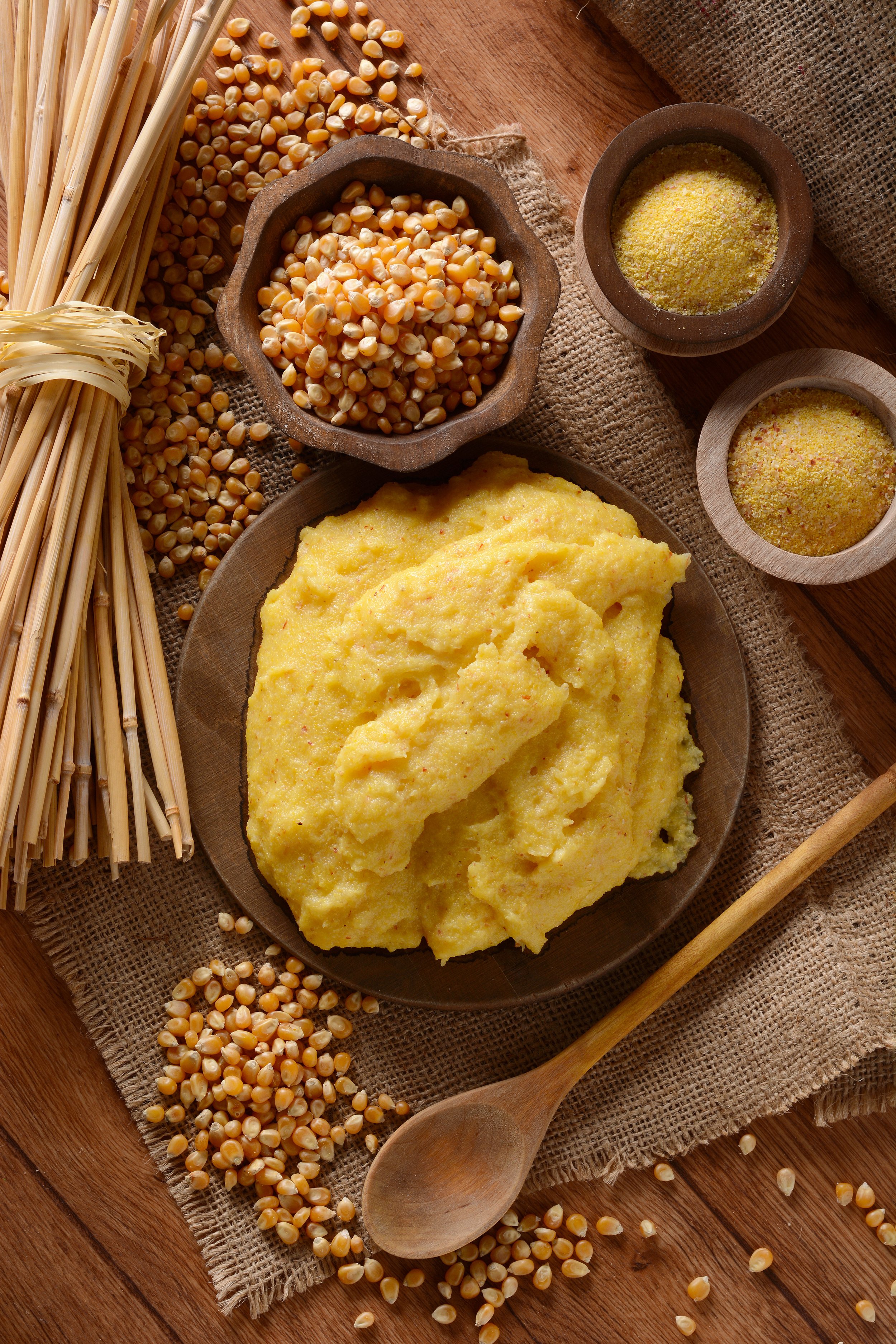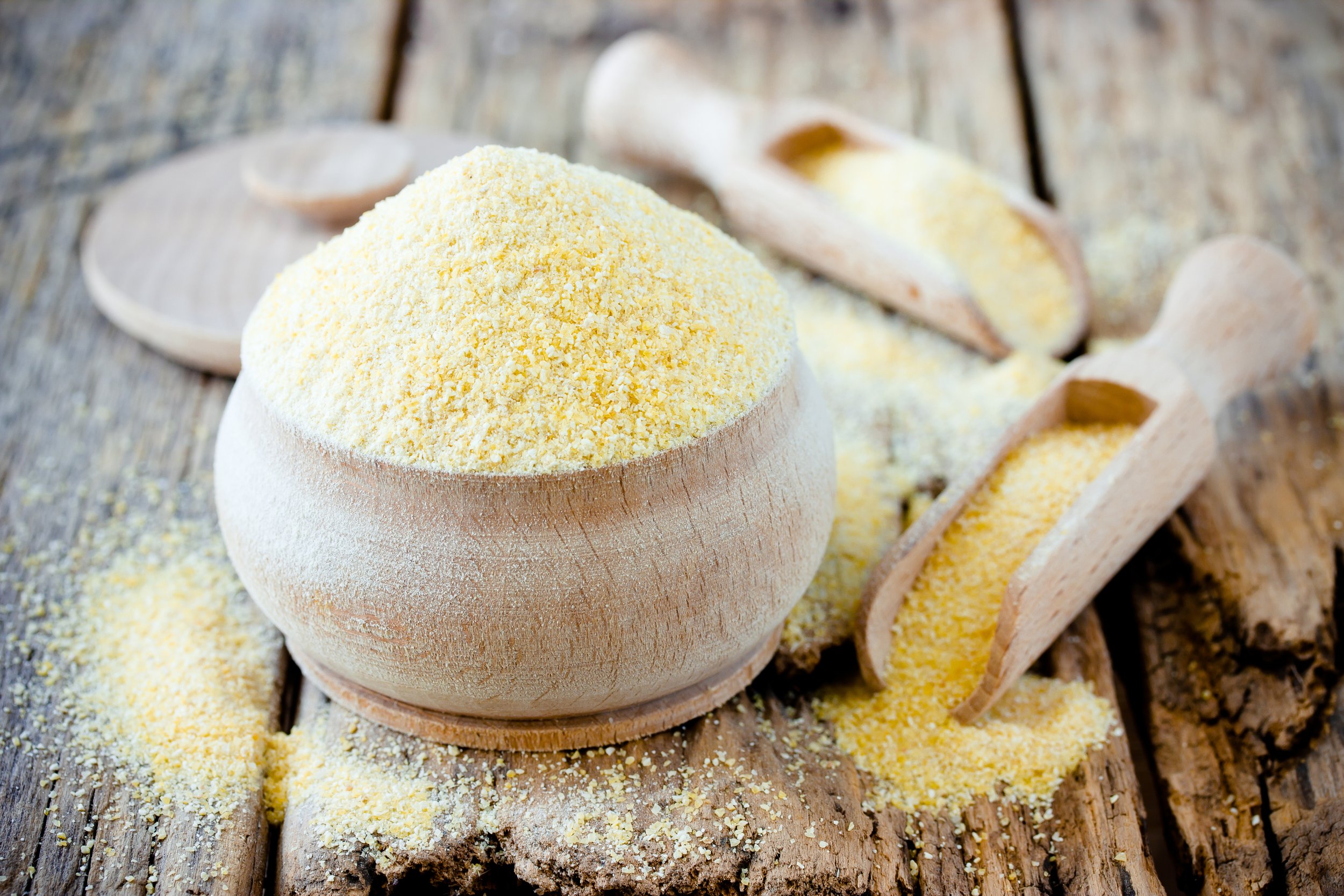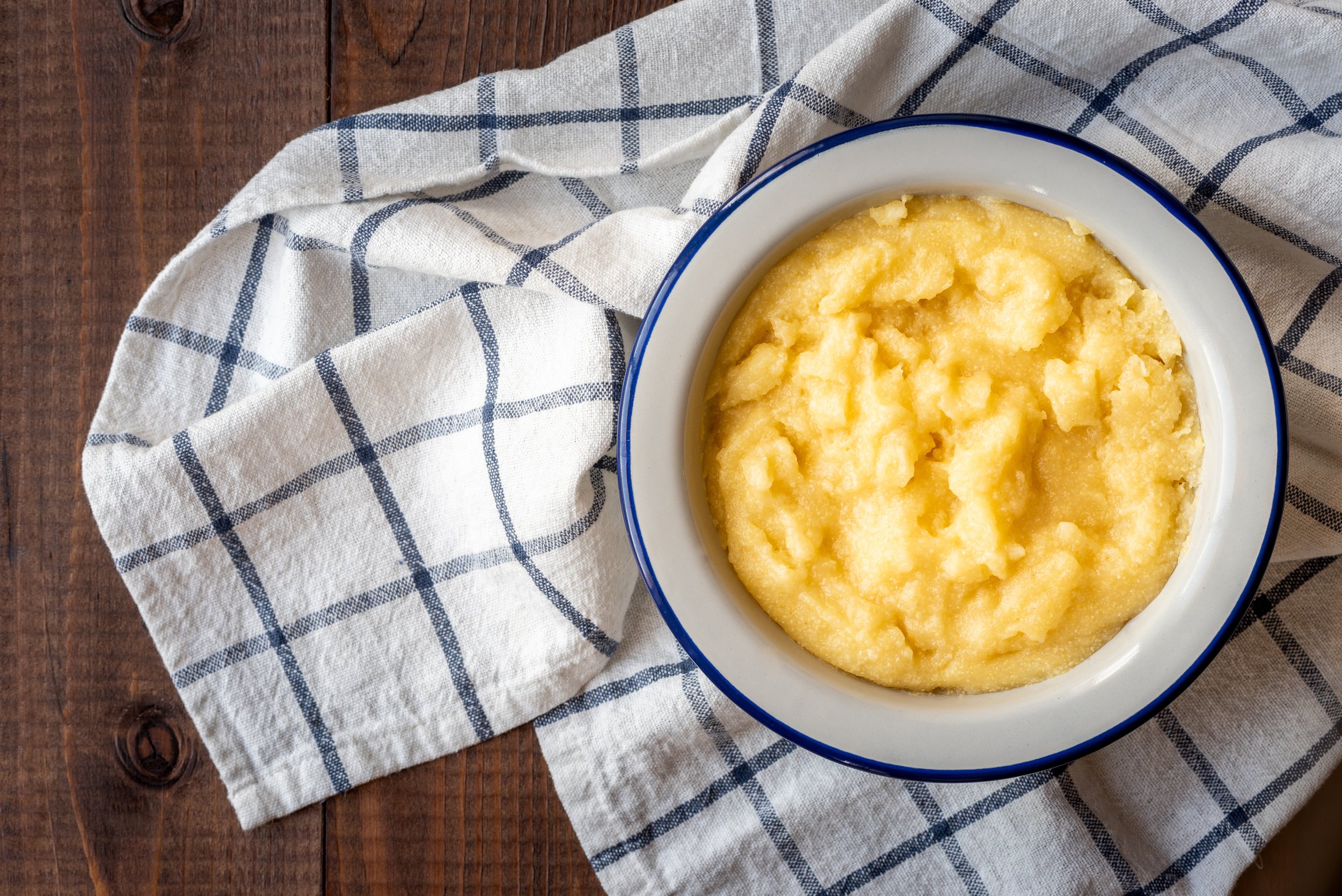A Basic Guide to Grits: Different than Cornmeal and Polenta
The world of ground corn is vast. It ranges from the well-known grits, to polenta and cornmeal. Confused? Don't worry, we will break it down for you in this blog post!
Let’s start with grits
Stone-ground grits, like we make here at The Old Mill, are finely ground, dried and hulled white or yellow corn. We stone-grind the corn into grits using water-powered, large and heavy stones. Grits, like ours, are intentionally coarse-textured and take a bit longer to cook than supermarket brands. You can count on 40 to 45 minutes to prepare them. But they’re worth the wait to get that taste of freshly milled corn.
Grits are a Southern staple
Grits are a staple down South. We eat them simmered and buttered for breakfast, or served with spicy shrimp or a grilled steak anytime we can get them. We fry up cold pieces of leftover grits until crispy. We turn grits into casseroles of garlic, eggs, and Cheddar cheese. We tote these grits casseroles to potlucks, serve them at Easter, fix them when there are few provisions in the house. Grits are simple, sustaining, and very Southern.
What are Hominy grits?
Hominy grits, on the other hand, are made by soaking dried corn kernels in an alkali solution to remove the outer hulls. The soaked corn kernels are then dried and ground into grits. They generally have a finer texture than our stone-ground grits. Most of the grits in supermarkets are hominy grits. Or, they are instant or quick-cooking grits. These processed hominy grits take less time to cook than stone-ground grits, but they also don’t have the real corn flavor.
The Old Mill Grits
When you want to cook Southern style, you’ve got to get your grits on. If you’ve enjoyed the grits at our award-winning Old Mill Restaurant, you know what we mean! The secret to our grits' wonderful flavor and texture is stone grinding, and ours are still ground with water-power, the way it's been done since 1830.
Cornmeal
Compared with grits, cornmeal is any ground dried corn. We grind both white and yellow cornmeal here at The Old Mill, and we also make our own self-rising cornmeal with leavening added. Cornmeal goes into our breadings, giving a nice crunch to the exterior of fried fish, chicken and shrimp. It makes delicious cornbread and hush puppies. In addition, we produce a jalapeño cornmeal mix with both flour and leavening added, which is perfect for making spicy cornbread.
History of cornmeal
If you study the history of baking in America, you will see that cornmeal has been used in breads, cakes, pies, and puddings for generations. Once corn was grown in early America, and especially here in the South, corn became a part of the everyday diet.
Corn pone, corn dodgers, hoe cakes – these are all names for cornmeal mixed with boiling water, formed into patties and fried in whatever grease or oil they had on hand. They were the bread of life for poor settlers, and that’s why cornbread is so beloved in our region. Today the Midwest might be known as the corn belt, and that is where the corn is grown that we grind into grits and cornmeal, but here in the South, our love and need for corn and cornmeal started much earlier.
The Old Mill cornmeal
Did you know that most modern industrial mills only use part of the kernel in their finished cornmeal? It’s true. At The Old Mill, we grind the entire kernel using water-powered millstones, just as it's been done since 1830, and our unbolted (unsifted) approach means we don’t sift out the bigger bits. So. you get coarser yet incredibly flavorful cornmeal that brings a full, fresh taste to all your favorites.
Polenta: Italian corn, not your typical grits
Polenta, on the other hand, is an Italian style of ground yellow corn usually simmered into a mush and served alongside grilled and roasted meat. Polenta can also be cooked, chilled and cut into serving pieces to pan-fry just like fried grits. Yet, the variety of corn in polenta is a bit different than what we use to make grits and cornmeal at The Old Mill.
Try our stone-ground grains
We've been milling and grinding consistently since 1830. Our stone-ground grains, including cornmeal and grits, are a staple in Southern cooking because of their versatility. From savory dishes to sweet desserts, the flavor is unmatched when you use our locally sourced product. Give them a try for yourself or use them in one of our recipes featuring grits or cornmeal.

